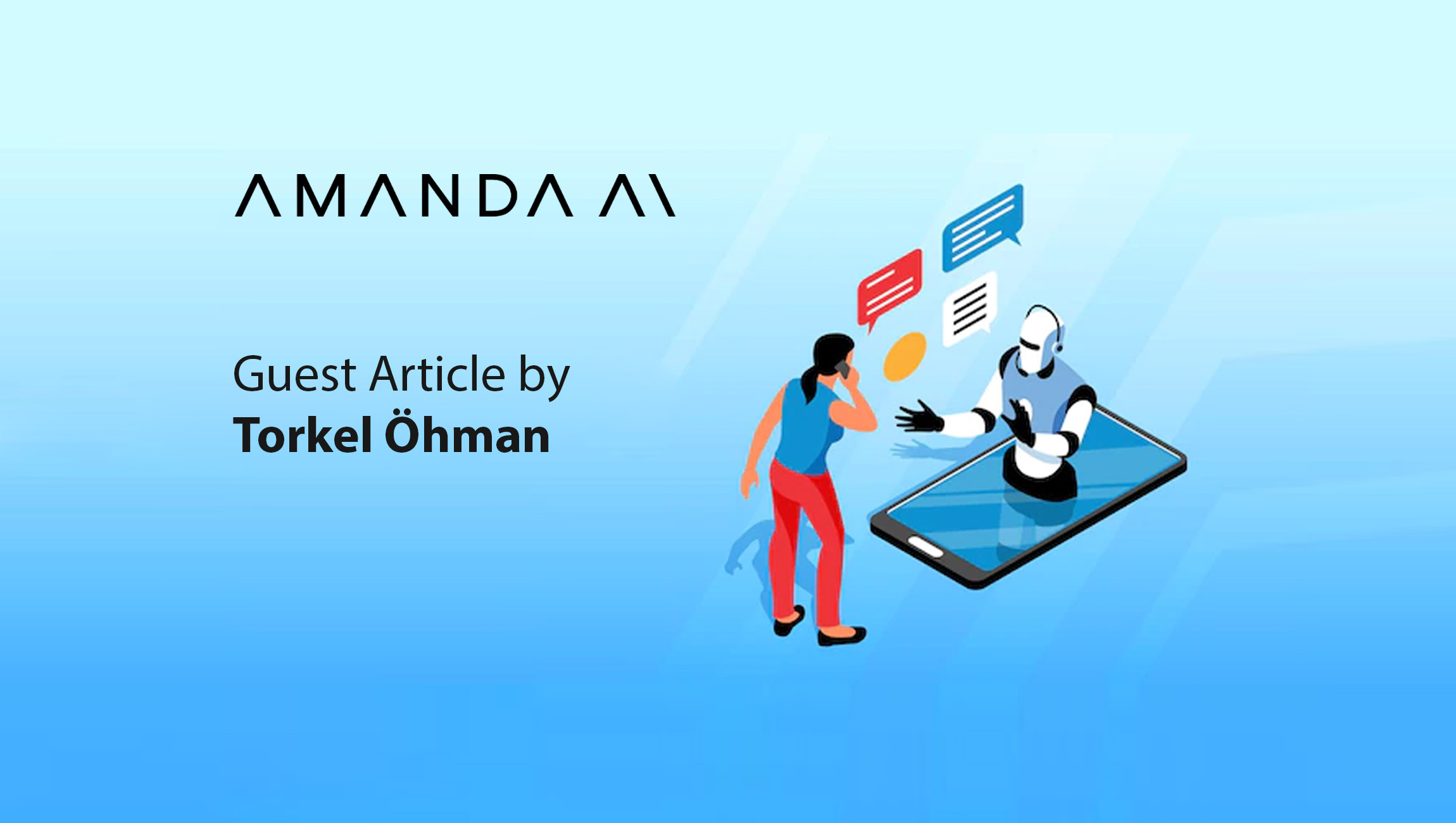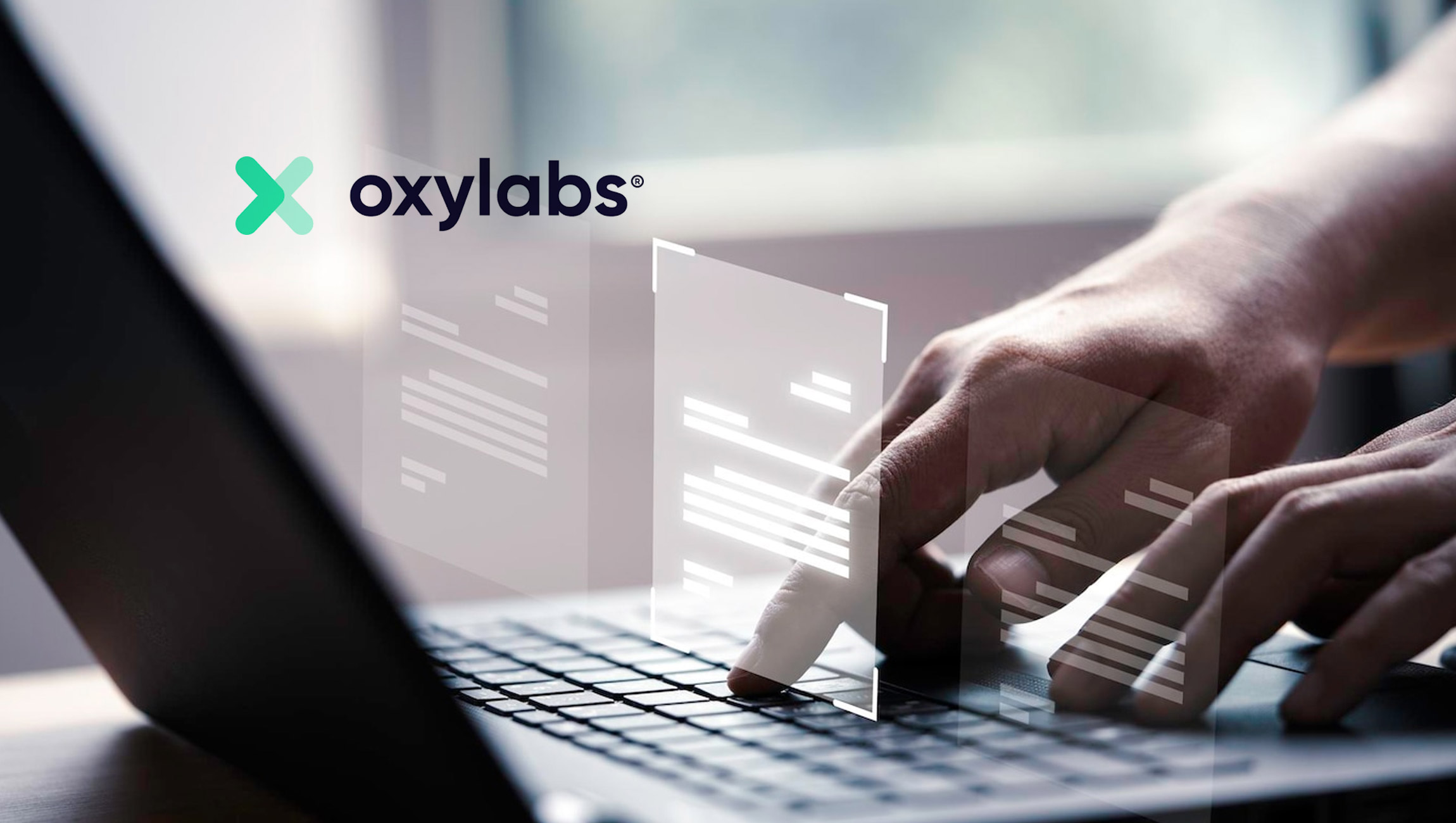The intrinsic value of social media has long driven the online advertising industry; and with this, so has the overwhelming choice of which platforms to allocate resources to. However, in recent months, the proliferation of ‘bots’ on Twitter has been brought to the forefront by Elon Musk. Those whose business models rely on platforms like Twitter, such as digital marketers, are now beginning to reassess basic assumptions around social media.
Last month, Twitter reported it had missed its revenue estimates for the second quarter partially blaming the “uncertainty” caused by Musk’s contention that 20% of their monetizable daily users are fake accounts – or bots. Whether this is true or not, it does raise the question in the online advertising industry as to how we measure the value of each social platform’s ad space.
How can bots sap away at revenue and results?
On any platform, each bot dilutes the pool of potential customers and creates a false value for advertisers. For businesses paying for their advertising per click, this is particularly troublesome, as who’s to say if it’s a real person or the activity of a bot. Advertisers are essentially paying to reach someone (or something) who is never going to engage with the ad. Ultimately, bot clicks and clicks from a customer you’re never going to convert are essentially the same thing. For example, if an advertiser selling spare car parts receives clicks from someone without a car, then that click is almost as irrelevant as a bot click.
Back in 2015, a shocking survey from the Association of National Advertisers found that eleven percent of display ads and almost a quarter of video ads were viewed by software, not people. With Musk aiming the spotlight on Twitter, the platform is currently viewed with an increased skepticism – not to mention other social platforms – as marketers struggle to determine how much of their targeted audience is real.
Ironically, for online advertisers, the answer to the problem of bots is…bots.
Marketing Technology News: Next-Gen Data Company Caden Appoints Head of Data and Analytics as it Gears up for Launch
How should we measure the value of each social platform’s ad space in the online advertising industry?
Before understanding how artificial intelligence (AI) can be a marketer’s solution to the supposed bot epidemic, it’s first important to understand that we should evaluate performance marketing based on results. Regardless of who’s clicking or viewing, bot or not, if the advertiser is still getting a positive return from their media investment; that is the thing that matters. Digital advertisers should not stare themselves blind on soft KPIs, such as clicks, and instead measure conversions and return on ad spend.
With a performance-based approach in mind, the scrutiny Twitter is currently experiencing over accusations that a fifth of their user base are robots is therefore misplaced. The fact that any major social platform’s ad value could be in question due to such claims, actually highlights the need to scrutinize manual advertising approaches as marketers may well be harboring biases and preconceived notions which are hindering potential conversions.
Marketing Technology News: MarTech Interview With Konrad Feldman, CEO at Quantcast
Why is an automated approach key to measuring online engagement on search and social platforms?
This is where AI is far better suited to analyzing the viability of various platforms and helping marketers avoid the pitfalls of inaccurate assessments and human input. In 2022, many marketing services may well have AI built into their offering at some stage in the process. Whether this be site-crawling, automatic ad-creation or target group refinement.
However, machine learning can also be used to identify which platform will lead to the highest possible return on investment for clients. Known as ‘cross channel optimization’, advanced AI systems can be left solely in control of the reallocation of budgets between varying search and social platforms. If one platform is particularly successful, algorithms can be trained to automatically increase its share of the overall budget.
Tackling what was once a time consuming and laborious task, AI can now avoid the inaccurate assessments that come with trying to keep on top of the manual optimization of advertising campaigns. This is achieved by instead allowing AI to optimize campaigns based on engagement, conversions and valuable sessions. This approach ultimately increases the likelihood marketers will find nominators that define the bots from real users, lessening their impact.
Overall, with social media now being a necessity for marketers, it’s more important than ever to cut through the fog. Only through the real-time monitoring of online engagement, can marketers provide businesses with the AI-driven age they need to thrive online. Such an approach is not only cheaper than conventional methods, but also more effective, saving marketers valuable time and money.
In any case, while the amount of bots on Twitter may be uncertain, one thing is for sure – the field of digital marketing is ripe for automation. With the implementation of AI, advertisers can truly assess the profitability of search and social platforms allowing businesses to maintain the highest levels of visibility in today’s digital age.
Marketing Technology News: Finding the Communication Sweet Spot











